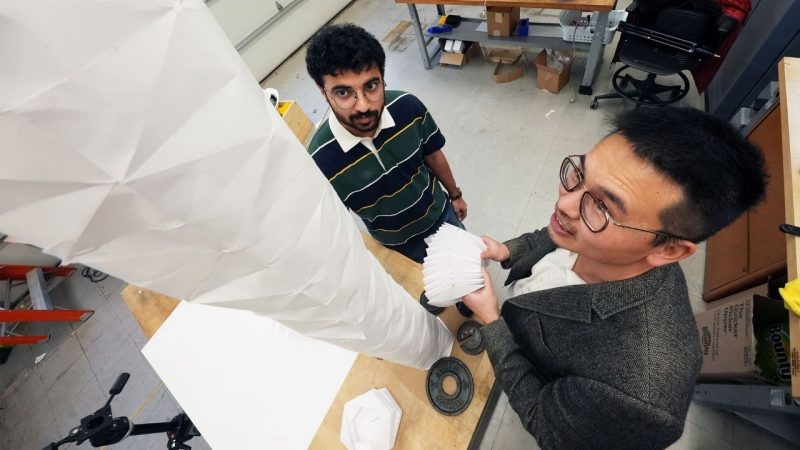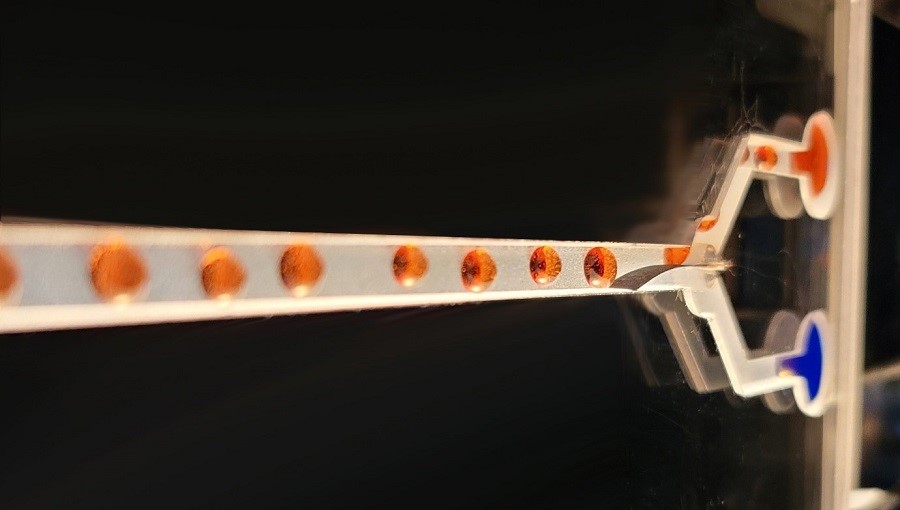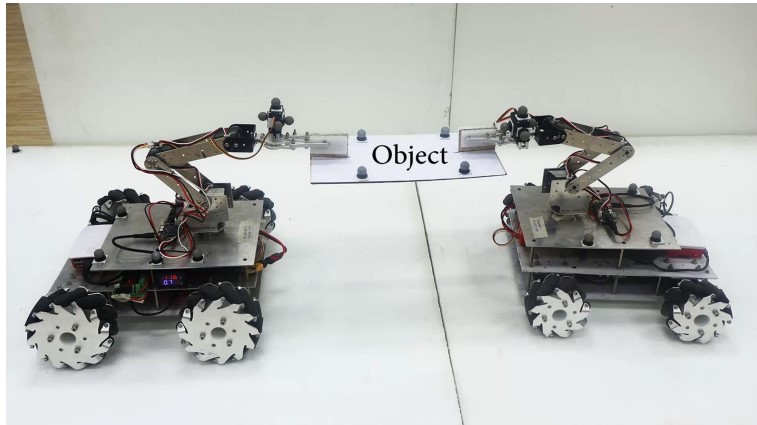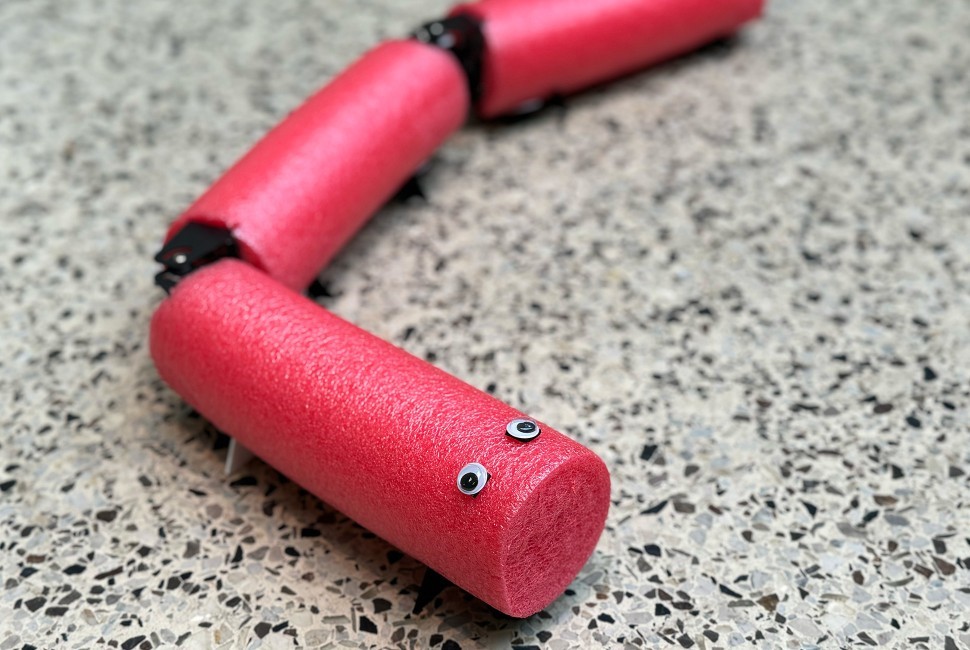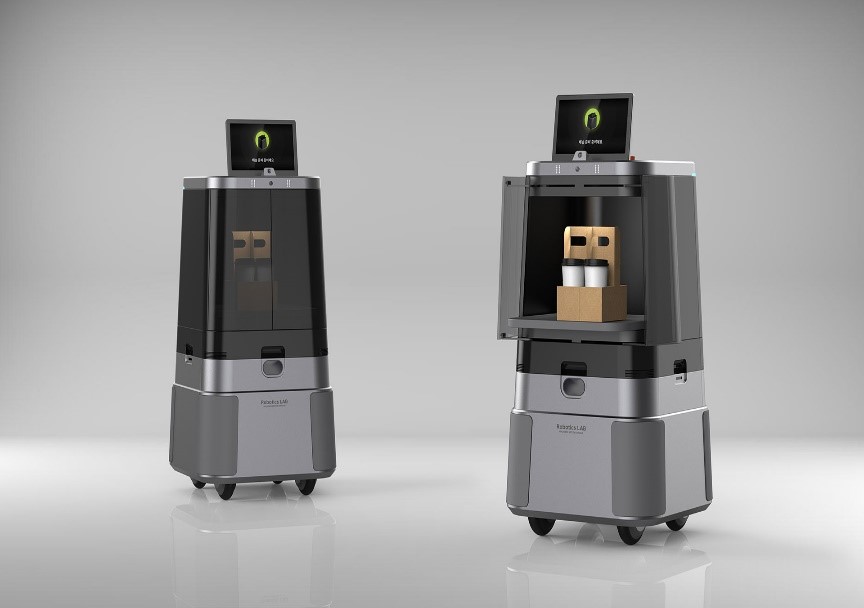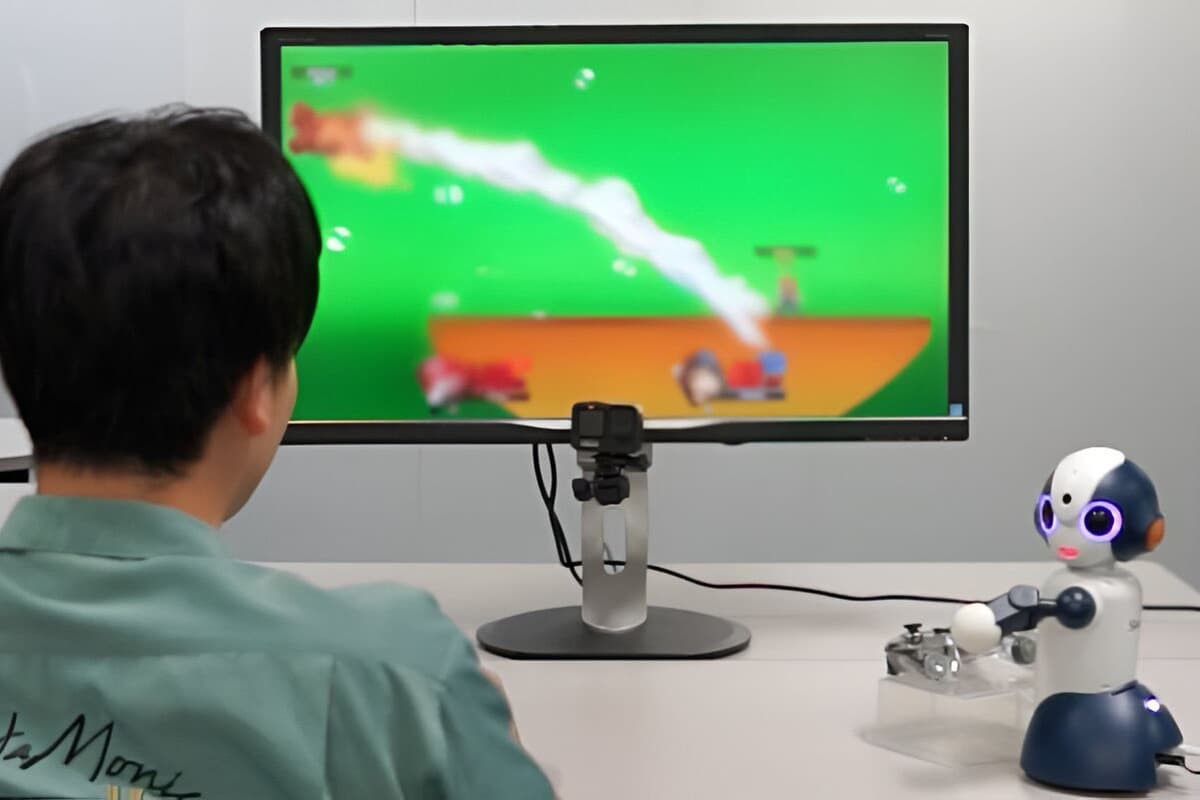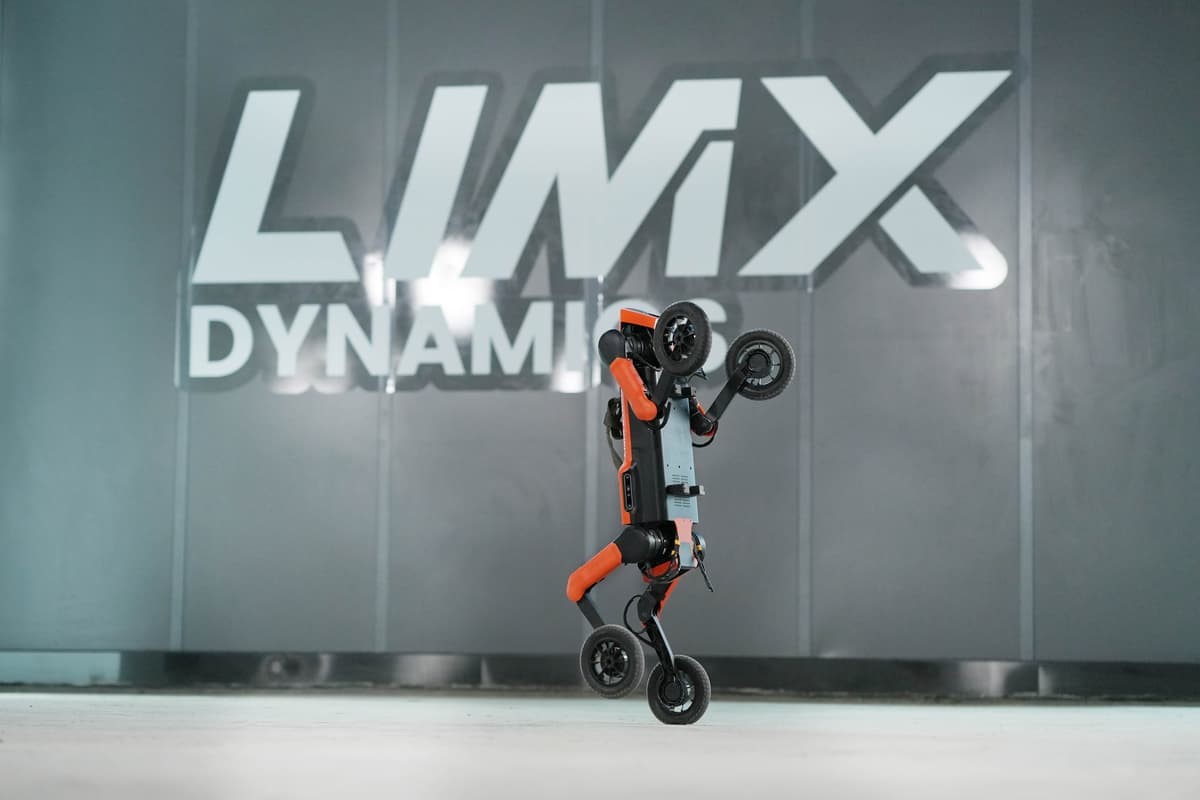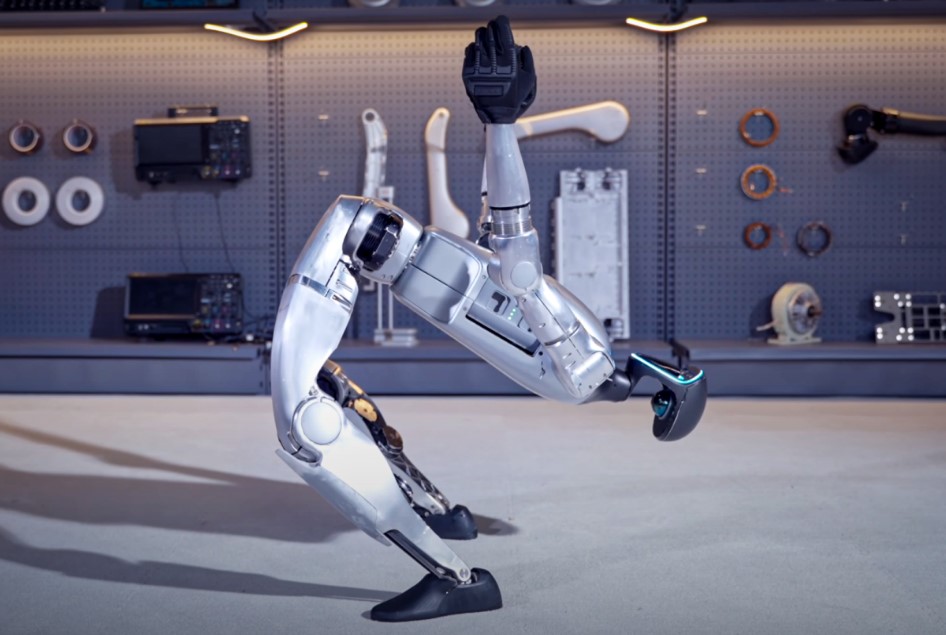Robotic Mouse with Flexible Spine Moves with Greater Speed and Agility
Researchers have developed a 3D-printed mouse-like robot with a flexible, articulated spine, providing enhanced speed, agility, and balance compared to rigid counterparts. Despite the improved performance, the added cost and complexity associated with flexible spines limit the suitability of such devices to specific applications.
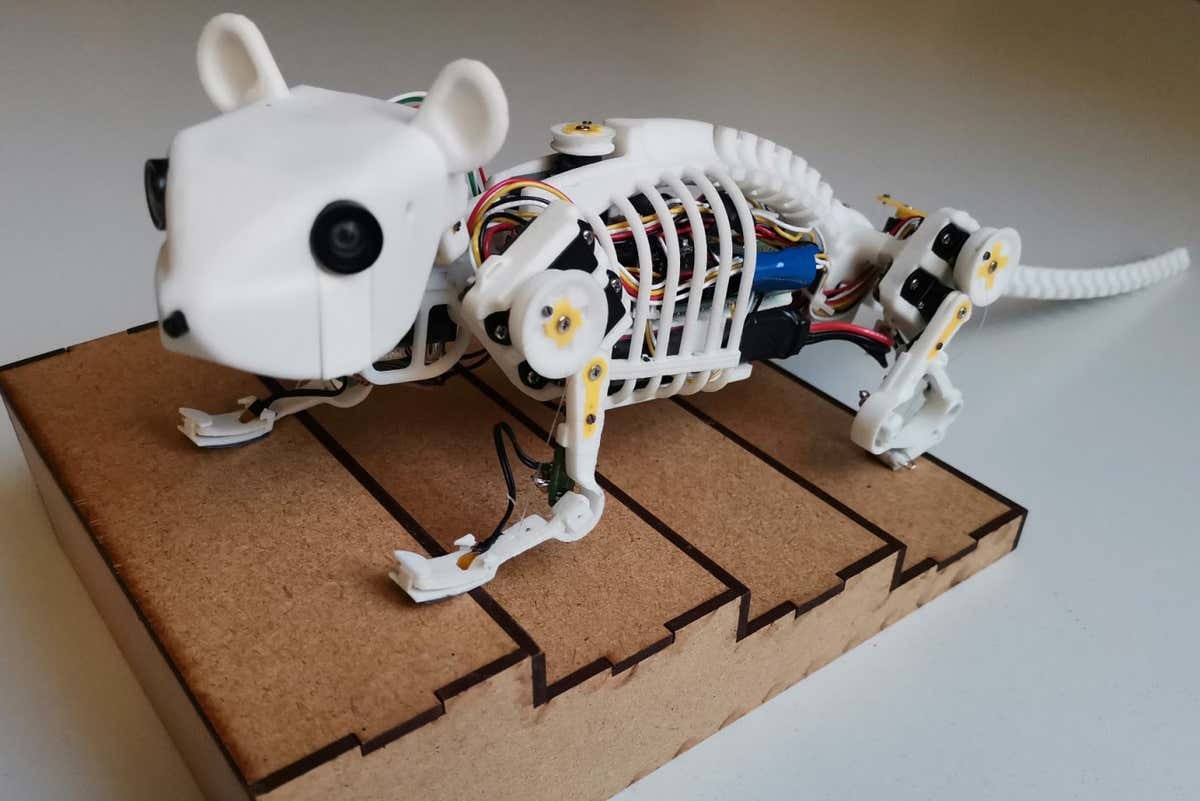
Figure 1. Robotic Mouse with Flexible Spine Moves with Greater Speed and Agility
Figure 1 Shows Robotic mouse with flexible spine moves with greater speed and agility Zhenshan Bing and colleagues at the Technical University of Munich in Germany utilized a 3D printer to create a mouse-like robot. The robot features a flexible spine with eight joints controlled by servos, and the entire machine measures approximately 40 centimeters in length and weighs 225 grams.
In a series of tests, researchers evaluated the performance of the 3D-printed mouse-like robot with its spine rigidly locked and with the spine allowed to move freely. During a balance test where each leg was lifted in turn, the robot tipped over with a rigid spine. However, with the flexible spine, it could change its center of gravity by bowing, maintaining an upright position. The flexible spine also allowed the robot to walk up to 17% faster and turn corners up to 30% more swiftly compared to the rigid spine configuration.
While robots like Boston Dynamics' Spot, characterized by a rigid spine, demonstrate agility in tasks like inspecting nuclear power plants and collaborating with the police, Zhenshan Bing suggests that a rigid spine may be suitable for such applications. However, he notes that tasks requiring more agility, such as search and rescue operations where robots may need to navigate through tight spaces, could benefit from a flexible spine allowing wiggling and squeezing into tiny, constrained gaps.
Zhenshan Bing emphasizes the trade-off between complexity and usability in designing robots with flexible body trunks, stating that a flexible trunk makes modeling and control theory more complex. Despite these challenges, he notes that animals, including humans, extensively use their spines for agile motions in the real world. Bing suggests another potential application for robotic mice, which involves replacing or supplementing real mice used in scientific tests. He mentions that a research institution has already shown interest in a robotic version for a specific experiment. This use could reduce the reliance on live animals in testing while providing valuable data for research.
According to Zhenshan Bing, researchers can place robotic mice alongside a group of real mice, allowing them to control the behavior of the robotic mouse and observe if the other mice follow suit. This approach reduces the necessity of using live animals in testing while also generating valuable data that can contribute to the enhancement of the robotic mice.
Source:NewScientist
Cite this article:
Janani R (2023), Robotic Mouse with Flexible Spine Moves with Greater Speed and Agility, AnaTechMaz, pp.30


